





This familiar floral symbol has often been used in both home and garden decoration. It has a long and storied history.
While strolling though the garden center of a nearby store, I happened upon a handsome hanging metal planter decorated with a simple fleur-de-lis design. I've always admired the fleur-de-lis (plural fleurs-de-lis) and have used it in decorating both my home and garden. Seeing the design renewed my curiosity about the origin, history and meaning of this familiar stylized floral symbol. Exactly what is it?
Translated from the French, fleur-de-lis means flower of the lily. Although named for the lily, it is widely thought that the fleur-de-lis is actually a stylized rendition of the Iris pseudocorus. Another commonly held idea about the flower type links it to the lotus. And yet another, though much less common, opinion suggests it represents a stylized frog¹.
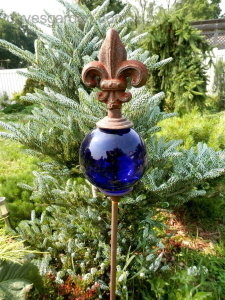
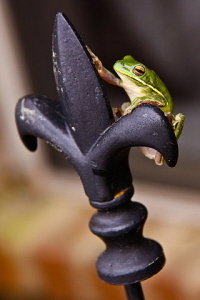
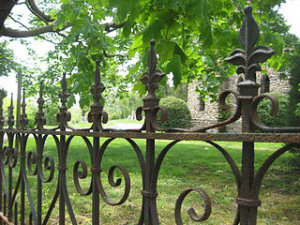
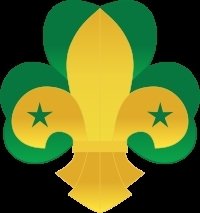
The design in various forms has been in use for a very long time. A charming legend dating to as early as the fourth century A.D. speculates that Clovis, the first king of Gaul (which eventually became France), adopted the symbol after water lilies spotted growing in a river showed him a shallow place to cross and subsequently succeed in a battle².
Genealogy enthusiasts may encounter the fleur-de-lis in their research. The symbol has a long history in heraldry and, more particularly, in French heraldry. However, it has commonly been found in other countries, colonies or settlements dating back centuries. It has appeared on countless coats of arms. Flags and other symbols of heraldry are sometimes considered inflammatory political statements in various parts of the world. This being an international website, I've chosen not to include photos of the fleur-de-lis in foreign heraldry. Numerous online resources are available for that purpose.
A number of cities in this country have adopted the fleur-de-lis design for their flags and city symbols. Among them are St. Louis, Missouri, and Detroit, Michigan. Of course, the city of New Orleans with it's substantial French influence in both history and culture makes frequent use of the symbol. Every New Orleans Saints football fan will recognize the fleur-de-lis.
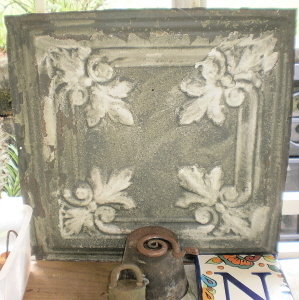 Another familiar use of the fleur-de-lis comes from the Boy Scouts where it has been the emblem of international Scouting since the early 1920s³. The Girl Scouts use a similar symbol, the trefoil, which is an ornament or symbol in the form of a stylized trifoliate leaf.
Another familiar use of the fleur-de-lis comes from the Boy Scouts where it has been the emblem of international Scouting since the early 1920s³. The Girl Scouts use a similar symbol, the trefoil, which is an ornament or symbol in the form of a stylized trifoliate leaf.
Frequently used in architecture, a fleur-de-lis is often placed on top of iron fence posts as a defense against intruders. It frequently ornaments tips or post points as a decorative flourish on finials, gables or the arms of a cross.
You usually don't have to look far to find the fleur-de-lis in use somewhere in a landscape or as an architectural embellishment. Whether it symbolizes an iris, a lily, or even a frog, this popular stylized emblem makes a beautiful ornamentation wherever you may choose to use it.
¹http://commons.wikimedia.org/wiki/File:Blaz_ran2lis.png
²http://www.fleurdelis.com/fleur.htm
³Wikipedia/Scouting
(Photo credits: photos not in the public domain are: top of page, top
row (L) - garden stake with fleur-de-lis finial by DG user Eclipse, used
with permission; top row (R) - By Edd Prince (originally posted to
Flickr as frog de lis) [CC-BY-2.0], via Wikimedia Commons; top of page,
bottom row (L) - Justin A. Wilcox [CC-BY-SA-3.0], via Wikimedia Commons)
Copyright © www.100flowers.win Botanic Garden All Rights Reserved